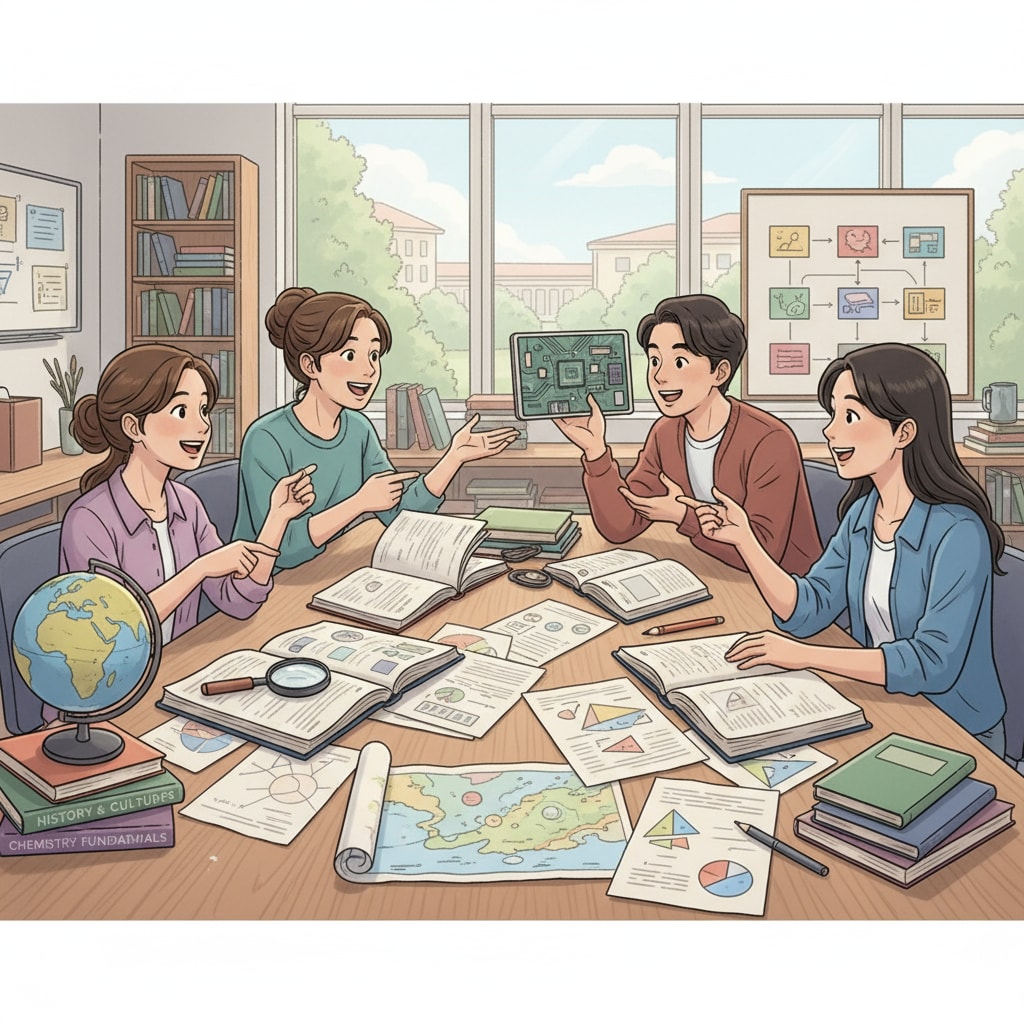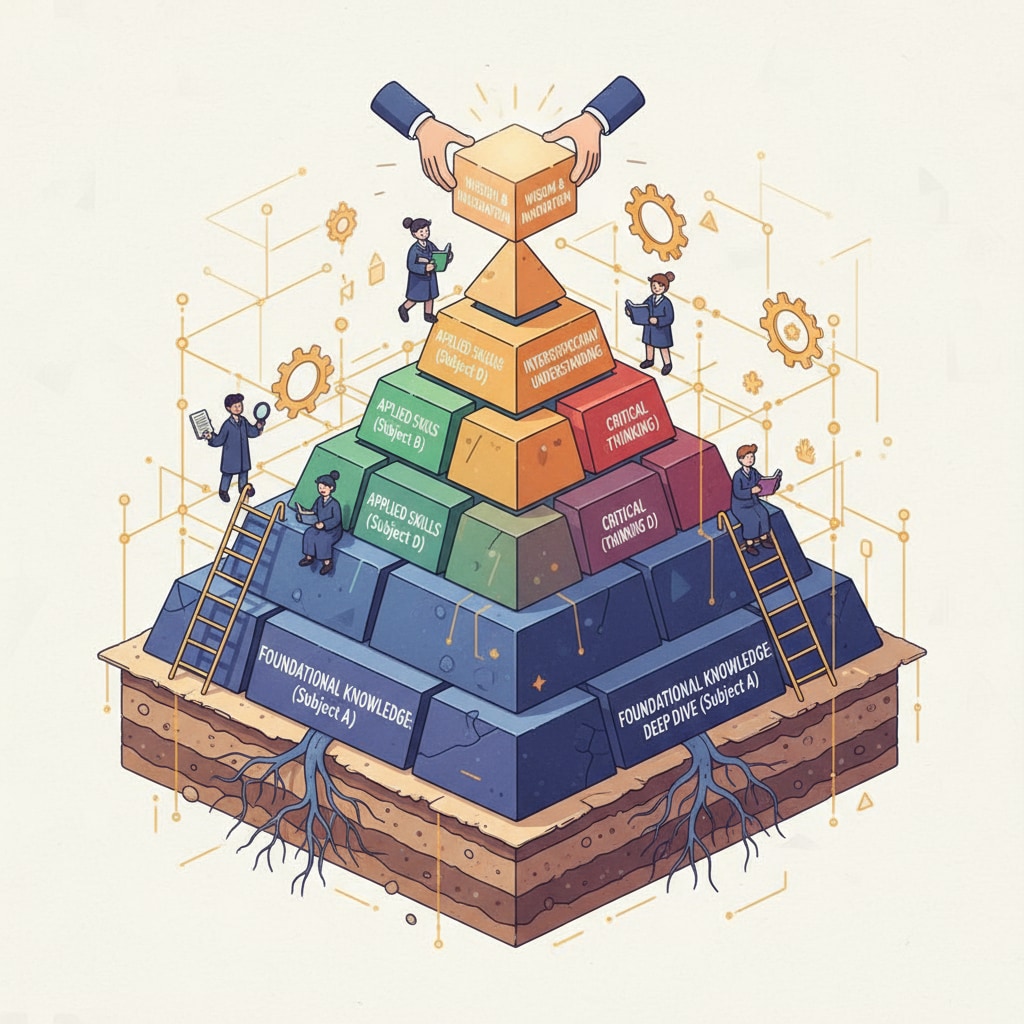Personal learning plans, multidisciplinary knowledge, and learning advice are crucial for students in the K12 stage. In this journey of learning, students often have a wide range of interests, but how to balance them with effective learning is a question worth exploring. Just like setting sail in the vast ocean of knowledge, having a proper plan and direction is essential.

Understanding the “Depth First, Breadth Follow” Concept
When it comes to learning in K12, the “depth first, breadth follow” concept can be a guiding principle. This means that students should first focus on achieving a certain depth in a particular subject or area of interest. For example, if a student is interested in science, they can start by thoroughly understanding the fundamental concepts in a specific scientific field, like biology. By delving deep into the subject, they can build a solid foundation. As they progress, they can then gradually expand their knowledge to other related or unrelated areas, thus increasing the breadth of their learning. This approach ensures that students don’t just scratch the surface of multiple subjects but truly understand and master at least one area first. According to Education.com, this concept helps students develop in-depth thinking skills and a comprehensive understanding of knowledge.

Building a Personalized Learning Path
Creating a personalized learning path is key to satisfying diverse learning interests in K12. First, students need to identify their passions and strengths. Maybe a student loves both art and history. They can then look for ways to combine these two interests. For instance, they can study the history of art movements. This way, they can explore their love for art while also delving into historical knowledge. Another important aspect is to set realistic goals. Students should break down their long-term learning goals into smaller, achievable short-term ones. This makes the learning process more manageable. As stated by Verywell Family, a personalized learning path can enhance students’ motivation and learning efficiency.
To sum up, in the K12 stage, with a well-planned personal learning plan, the pursuit of multidisciplinary knowledge, and following appropriate learning advice, students can effectively balance their wide learning interests and achieve high-quality learning. By understanding concepts like “depth first, breadth follow” and building personalized learning paths, they are better equipped to explore the vast ocean of knowledge.
Readability guidance: This article uses short paragraphs and lists to summarize key points. Each H2 section provides relevant explanations. The proportion of passive voice and long sentences is controlled, and transition words are scattered throughout the text to enhance readability.


